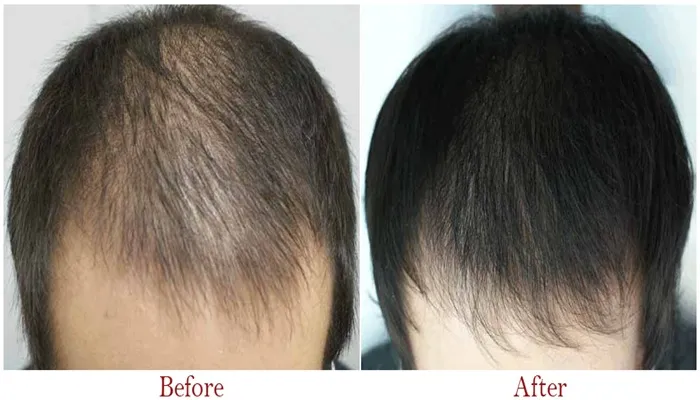Direct Hair Implantation (DHI) hair transplant is a highly advanced and effective method for addressing hair loss. This technique has gained popularity due to its precision, minimal scarring, and high success rate. Understanding the success rate of DHI hair transplants and the factors that contribute to it can help individuals make informed decisions about their hair restoration journey.
Understanding DHI Hair Transplant
DHI hair transplant is a state-of-the-art hair restoration technique that involves the use of a specialized pen-like tool, known as the Choi Implanter Pen, to directly implant hair follicles into the recipient area without pre-making incisions. This method offers precise control over the angle, depth, and direction of implanted hairs, resulting in a natural-looking hairline and minimal scarring.
How Does DHI Work?
The DHI procedure begins with the extraction of hair follicles from the donor area, typically the back or sides of the scalp. These follicles are then carefully placed into the recipient area using the Choi Implanter Pen. The pen allows for the simultaneous creation of an incision and the placement of the graft, reducing tissue damage and promoting faster healing.
Success Rate of DHI Hair Transplants
The success rate of DHI hair transplants is remarkably high, often exceeding 90%. According to research from the Department of Immunology, Kyungpook National University School of Medicine, where the DHI technique was invented, the survival rate for single follicle and two follicle grafts is 92% at six months and 90.4% at twelve months. Another study found that the density of 20 single follicle grafts implanted in a 1cm² area had a survival rate of 95.06%, while 30 follicles had a survival rate of 90.84%.
Factors Influencing Success
Several factors contribute to the high success rate of DHI hair transplants.
Surgeon’s Skill and Experience: The expertise of the surgeon performing the procedure is crucial. An experienced surgeon can ensure proper graft harvesting, preservation, and placement, which directly impacts the survival rate of the transplanted hair follicles.
Quality of Donor Hair: The health and quality of the donor hair play a significant role in the success of the transplant. Stronger, healthier donor hair typically leads to more durable and natural-looking outcomes.
Post-Operative Care: Following the surgeon’s post-operative instructions is essential for achieving the best possible results. Proper aftercare can help minimize complications and ensure a smooth recovery.
Technique and Tools: The use of advanced tools like the Choi Implanter Pen allows for precise placement of hair follicles, reducing trauma and promoting higher graft survival rates.
Timeline for Results
The timeline for seeing results from a DHI hair transplant is similar to other hair restoration methods. Patients typically start to see visible hair growth around 5-6 months after the procedure, with full results appearing between 12-18 months. The initial growth phase may involve some shedding of the transplanted hair, but this is a normal part of the healing process.
Advantages of DHI Hair Transplant
High Graft Survival Rate: DHI boasts one of the highest graft survival rates among hair transplant techniques, often exceeding 90%.
Minimal Scarring: The use of the Choi Implanter Pen results in minimal scarring in the recipient area, making DHI an attractive option for those concerned about visible scars.
Natural-Looking Results: The precision of the DHI technique allows for a natural-looking hairline and seamless integration with existing hair.
Faster Recovery: DHI typically involves less tissue damage and faster healing times compared to other methods.
Potential Risks and Complications
While DHI is a low-risk procedure, some potential complications can occur.
Infection: Infections can occur at the surgical site, particularly if proper aftercare instructions are not followed.
Scarring: While minimal, some scarring can occur at the donor site.
Graft Loss: A small percentage of transplanted grafts may not survive the procedure, primarily due to trauma during extraction or implantation.
Conclusion
DHI hair transplant is a highly effective and advanced method for addressing hair loss, with a success rate that often exceeds 90%. The precision of the technique, combined with the expertise of the surgeon and proper post-operative care, ensures long-lasting and natural-looking results. If you are considering a hair transplant, DHI is a viable option that offers minimal scarring, fast recovery, and high graft survival rates. Consulting with a qualified hair transplant specialist can help you determine if DHI is the right choice for your specific needs and goals.
Related topics:
- DHI Method: All You Need to Know
- DHI Hair Transplant Before and After: What You Need to Know
- FUE vs. DHI Hair Transplant: What’s the Difference?


